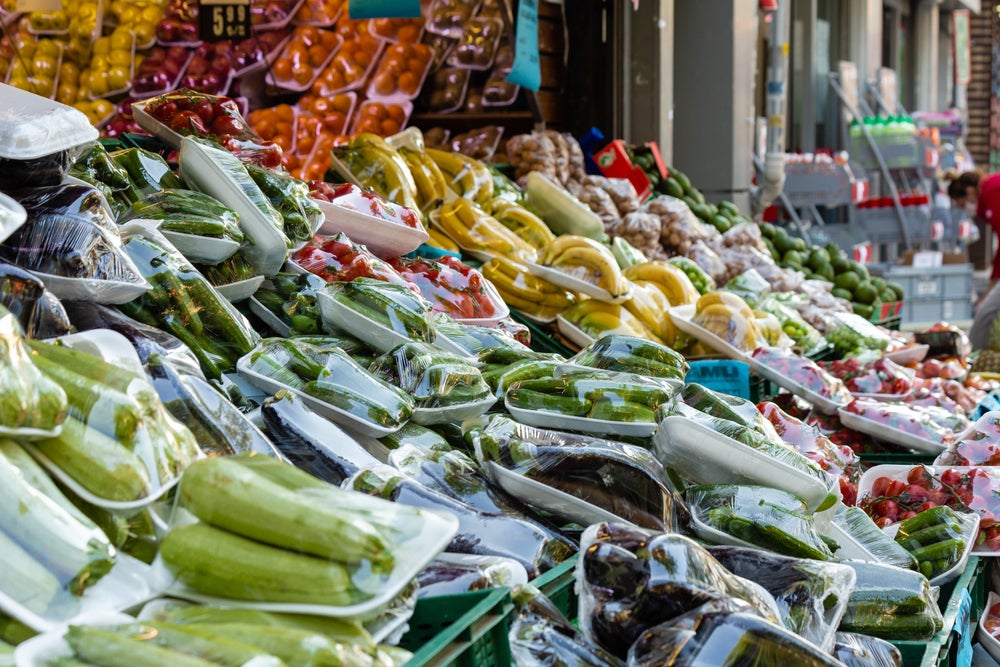
In recent years, barrier packaging has become a critical area of innovation in the packaging industry. As consumer expectations around hygiene and sustainability grow, packaging manufacturers are developing new materials to meet these demands.
This report, compiled by leading data and analytics company GlobalData, explores the significant drivers behind the growth of advanced barrier packaging, focusing on consumer preferences, regulatory developments, and ongoing innovations.
According to GlobalData’s research, more than 80% of global consumers consider product hygiene essential or “nice to have” when purchasing products. This has prompted packaging companies to develop new types of barrier packaging that not only protect products but also improve sustainability credentials.
The environmental, social, and governance (ESG) framework has become a key focus for many companies involved in barrier packaging innovations. ESG criteria measure a company’s commitment to environmental protection, social responsibility, and good governance practices, with environmental concerns taking centre stage in packaging material patents.
“Innovations in packaging are increasingly aligning with ESG principles, helping companies improve their environmental impact while also enhancing product hygiene,” says the GlobalData report.
This shift is a direct response to the rising consumer demand for both sustainable and hygienic packaging solutions, a trend that continues to gain momentum across various regions, particularly in Europe, North America, and emerging markets such as China, India, and Brazil.
In regions such as Europe, the Middle East and Africa, Asia-Pacific, and Central and South America, product sustainability is a major influence on consumer purchasing choices.
GlobalData notes that while consumers in Europe and North America tend to be less loyal to brands with strong environmental commitments, regions with rapidly growing economies place greater importance on sustainability.
“As countries like Brazil, China, and India continue to grow, the demand for eco-friendly packaging solutions will only increase,” the report highlights.
One example of this shift in the industry is the introduction of paper-based tubs for butter alternatives by Upfield in January 2024. The packaging, which is free from plastic coatings or linings, offers recyclability without compromising on usability.
This innovation demonstrates how the packaging industry is finding ways to balance sustainability with functionality, ensuring that eco-friendly materials can meet both consumer expectations and industry standards.
